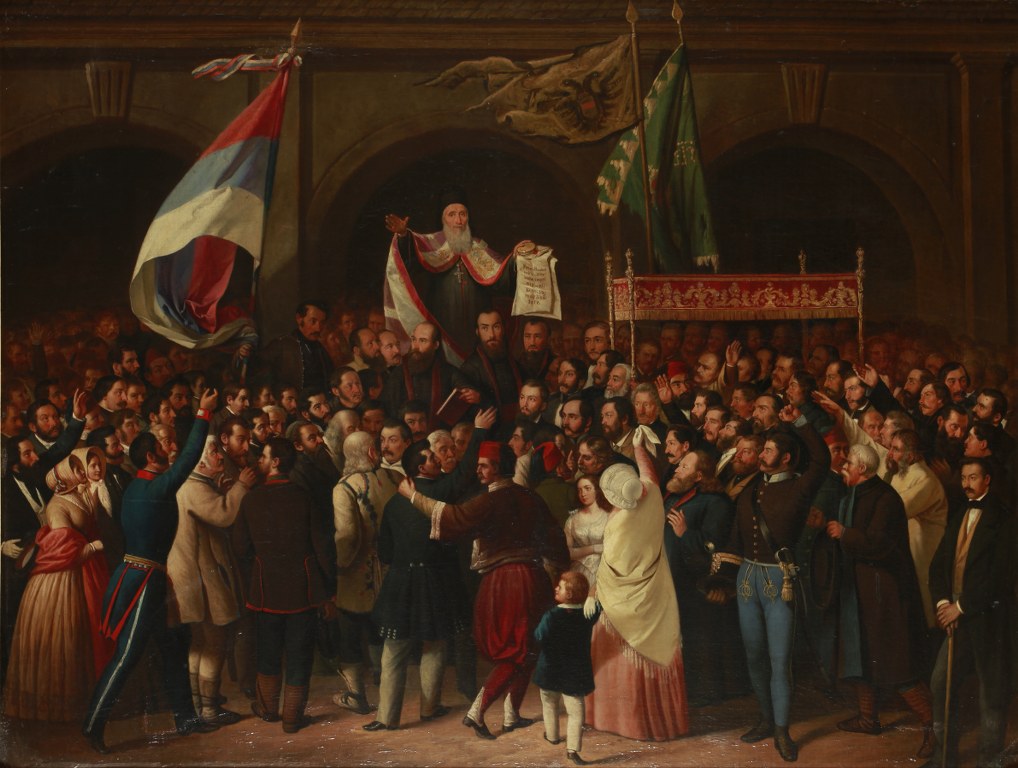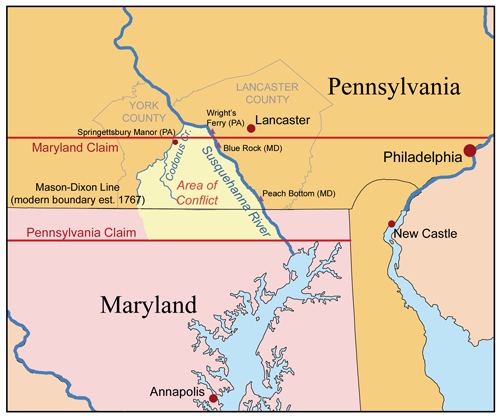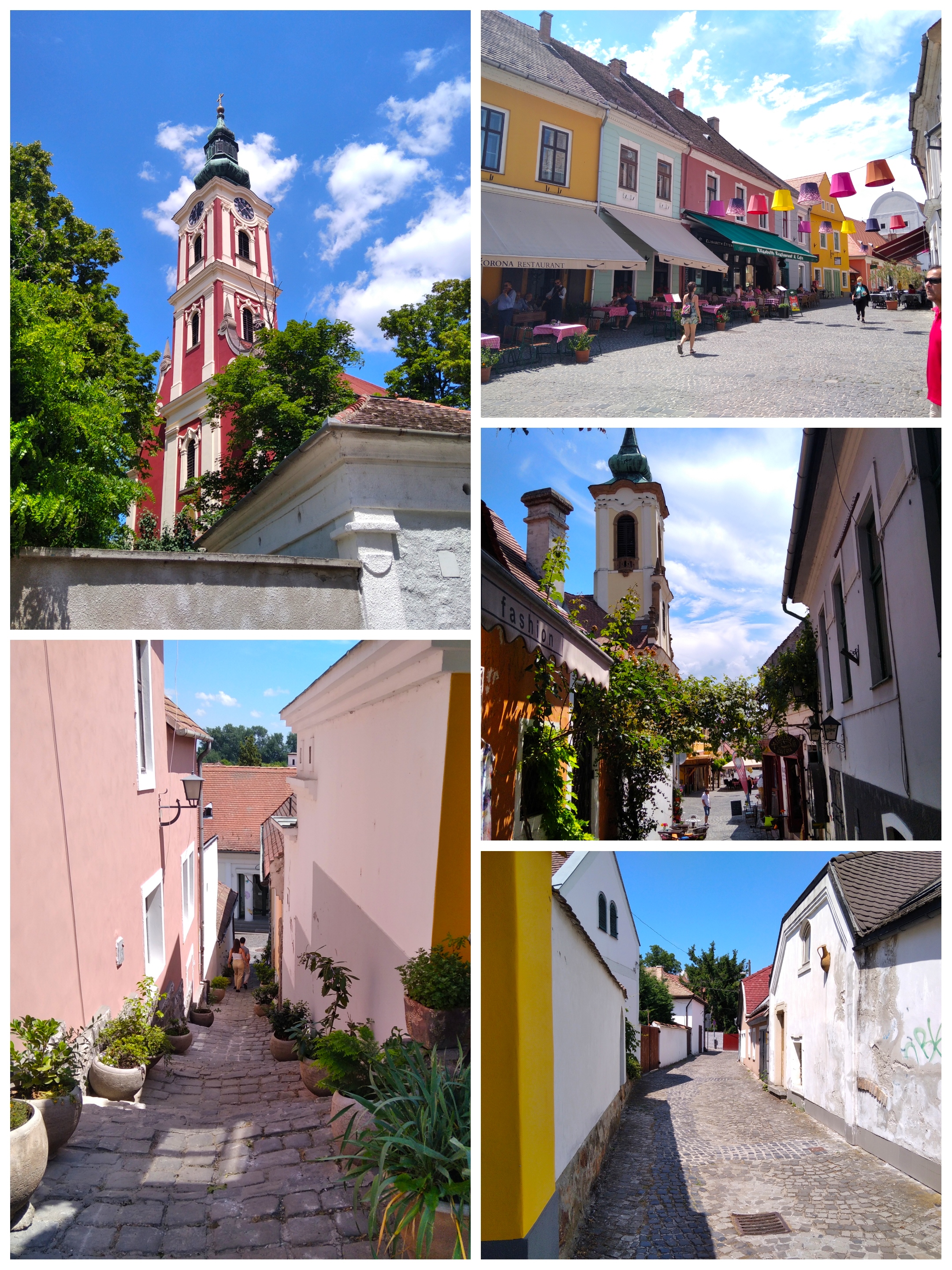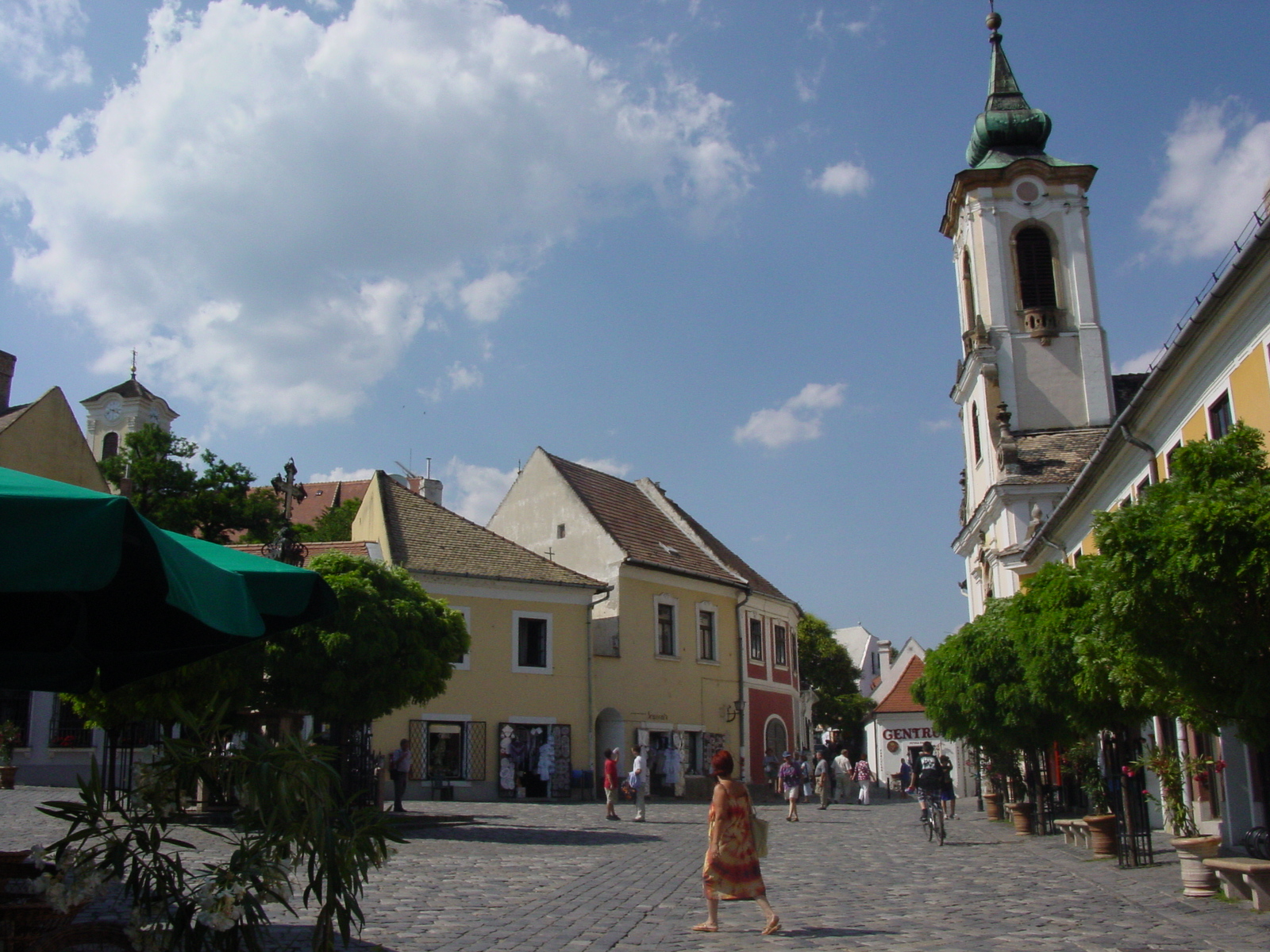|
Vasa Ostojić
Vasa Ostojić or Vasilije Ostojić ( sr-cyr, Васа/Василије Остојић; 1730–1791) was a Serbian Baroque painter of icons and frescoes. Life Ostojić was born in Sremski Karlovci, in the Military Frontier, Habsburg Military Frontier in 1730. He collaborated with monk-painter Amvrosije Jankovićon church projects in Sremski Karlovci. He was once Dimitrije Bačević's pupil and assistant. His notable works include the Serbian Orthodox Church of the Assumption (''Uspenska crkva'') in Novi Sad, St. Nicholas in Irig, Serbia, Irig and Neradin (1760), the iconostasis in the Orthodox church in Voganj and the iconostasis in the monastery church of Rakovac Monastery, Rakovac. Additionally, he created the iconostasis of the Church of Saint Demetrius, Budapest, Church of Saint Demetrius in Buda (lost in the Great Tabán Fire of 1810), and most notably, the iconostasis in the Annunciation Church, Szentendre, Annunciation Church in Szentendre. Ostojić was under the influence ... [...More Info...] [...Related Items...] OR: [Wikipedia] [Google] [Baidu] |
Sremski Karlovci
Sremski Karlovci ( sr-Cyrl, Сремски Карловци, ) is a town and municipality located in the South Bačka Districtautonomous province of Vojvodina, Serbia. It is situated on the banks of the Danube, from Novi Sad. According to the 2022 census results, it has a population of 7,872 inhabitants. The town has traditionally been known as the seat of the Patriarchate of Karlovci, Serbian Orthodox Church in the Habsburg Monarchy. It was the political and cultural capital of Serbian Vojvodina after the May Assembly and during the Revolution in 1848. Name In Serbian language, Serbian, the town is known as ''Sremski Karlovci'' (Сремски Карловци), in Croatian language, Croatian as ''Srijemski Karlovci'', in German language, German as ''Karlowitz'' or ''Carlowitz'', in Hungarian language, Hungarian as ''Karlóca'', in Polish language, Polish as ''Karłowice'', in Romanian language, Romanian as ''Carloviț'' and in Turkish language, Turkish as ''Karlofça''. The form ... [...More Info...] [...Related Items...] OR: [Wikipedia] [Google] [Baidu] |
Buda
Buda (, ) is the part of Budapest, the capital city of Hungary, that lies on the western bank of the Danube. Historically, “Buda” referred only to the royal walled city on Castle Hill (), which was constructed by Béla IV between 1247 and 1249 and subsequently served as the capital of the Kingdom of Hungary from 1361 to 1873. In 1873, Buda was administratively unified with Pest, Hungary, Pest and Óbuda to form modern Budapest. Royal Buda is called the ''Castle Quarter (Budapest), Várnegyed'' () today, while “Buda” ''pars pro toto'' denotes Budapest’s I., II., III., XI., XII. and XXII. districts. This colloquial definition thus includes medieval Óbuda and amounts to a third of the city’s total area, much of it forested. Buda's landmarks include the Royal Palace (Budapest), Royal Palace, Matthias Church, the Citadella, Gellért Baths, the Buda Hills, the Carmelite Monastery of Buda, and the residence of the President of Hungary, Sándor Palace. Etymology Accord ... [...More Info...] [...Related Items...] OR: [Wikipedia] [Google] [Baidu] |
18th-century Male Artists
The 18th century lasted from 1 January 1701 (represented by the Roman numerals MDCCI) to 31 December 1800 (MDCCC). During the 18th century, elements of Enlightenment thinking culminated in the Atlantic Revolutions. Revolutions began to challenge the legitimacy of monarchical and aristocratic power structures. The Industrial Revolution began mid-century, leading to radical changes in human society and the environment. The European colonization of the Americas and other parts of the world intensified and associated mass migrations of people grew in size as part of the Age of Sail. During the century, slave trading expanded across the shores of the Atlantic Ocean, while declining in Russia and China. Western historians have occasionally defined the 18th century otherwise for the purposes of their work. For example, the "short" 18th century may be defined as 1715–1789, denoting the period of time between the death of Louis XIV of France and the start of the French Revolution ... [...More Info...] [...Related Items...] OR: [Wikipedia] [Google] [Baidu] |
People From Sremski Karlovci
The term "the people" refers to the public or common mass of people of a polity. As such it is a concept of human rights law, international law as well as constitutional law, particularly used for claims of popular sovereignty. In contrast, a people is any plurality of persons considered as a whole. Used in politics and law, the term "a people" refers to the collective or community of an ethnic group or nation. Concepts Legal Chapter One, Article One of the Charter of the United Nations states that "peoples" have the right to self-determination. Though the mere status as peoples and the right to self-determination, as for example in the case of Indigenous peoples (''peoples'', as in all groups of indigenous people, not merely all indigenous persons as in ''indigenous people''), does not automatically provide for independent sovereignty and therefore secession. Indeed, judge Ivor Jennings identified the inherent problems in the right of "peoples" to self-determination, as i ... [...More Info...] [...Related Items...] OR: [Wikipedia] [Google] [Baidu] |
1791 Deaths
Events January–March * January 1 – Austrian composer Joseph Haydn arrives in England, to perform a series of concerts. * January 2 – Northwest Indian War: Big Bottom Massacre – The war begins in the Ohio Country, with this massacre. * January 12 – Holy Roman troops reenter Liège, heralding the end of the Liège Revolution, and the restoration of its Prince-Bishops. * January 25 – The British Parliament passes the Constitutional Act 1791, splitting the old province of Quebec into Upper and Lower Canada. * February 8 – The Bank of the United States, based in Philadelphia, is incorporated by the federal government with a 20-year charter and started with $10,000,000 capital.''Harper's Encyclopaedia of United States History from 458 A. D. to 1909'', ed. by Benson John Lossing and, Woodrow Wilson (Harper & Brothers, 1910) p169 * February 21 – The United States opens diplomatic relations with Portugal. * March 2 – ... [...More Info...] [...Related Items...] OR: [Wikipedia] [Google] [Baidu] |
1730 Births
Events January–March * January 30 (January 19 O.S.) – At dawn, Emperor Peter II of Russia dies of smallpox, aged 14 in Moscow, on the eve of his projected marriage. * February 26 (February 15 O.S.) – Anna of Russia (Anna Ioannovna) becomes reigning Empress of Russia following the death of her cousin Emperor Peter II. * February 28 – Vitus Bering returns to the Russian capital of Saint Petersburg after completing the First Kamchatka expedition. * March 5 – The 1730 papal conclave to elect a new Pope for the Roman Catholic church begins with 30 Cardinals, 12 days after the death of Pope Benedict XIII. By the time his successor is elected on July 12, there are 56 Cardinals. * March 9 – General Nader Khan of Persia opens the first campaign of the Ottoman–Persian War (1730–1735), guiding the Persian Army from Shiraz and starting the Western Persia Campaign against the Ottoman Empire. * March 12 – John Glas is deposed from ... [...More Info...] [...Related Items...] OR: [Wikipedia] [Google] [Baidu] |
List Of Painters From Serbia
This is a list of notable Serbian painters. A * Nikola Aleksić (1808–1873) * Dimitrije Avramović (1815–1855) * Ljubomir Aleksandrović (1828–1890) * Stevan Aleksić (1876–1923) * Dragomir Arambašić (1881–1945) * Stojan Aralica (1883–1980) * Đorđe Andrejević Kun (1904–1964) * Mika Antić (1932–1986) * Dragoslav Pavle Aksentijević (born 1942) * Marina Abramović (born 1946) * Nataša Atanasković (born 1972) * Emanuil Antonovich (1785–1829) B * Nikola Božidarević (1460–1517) * Dimitrije Bačević (1735–1770) * Georgije Bakalović (1786–1843) * Anastas Bocarić (1864–1944) * Špiro Bocarić (1876–1941) * Jovan Bijelić (c.1884–1964) * Ilija Bašičević (1895–1972) * Oto Bihalji-Merin (1904–1993) * Dimitrije Bratoglic (1765–1831) * Janko Brašić (1906–1994) * Miloš Bajić (1915–1995) * Radivoj Berbakov (1925–2003) * Kossa Bokchan (1925–2009) * Ivana Bašić (born 1986) * Bogdan Bulajić (born 1940) C ... [...More Info...] [...Related Items...] OR: [Wikipedia] [Google] [Baidu] |
Szentendre
Szentendre, also known as Saint Andrew is a riverside town in Pest County, Hungary, between the capital city Budapest and Pilis Mountains, Pilis-Visegrád Mountains. The town is known for its museums (most notably the :hu: Szentendrei Szabadtéri Néprajzi Múzeum, Hungarian Open Air Museum), galleries, and artists. Due to its historic architecture along with easy accessibility via rail and river, it has become a destination for tourists staying in Budapest. There are many facilities, including Gift shop, souvenir shops and restaurants, catering to these visitors. Name The name of the town is ultimately based on the Medieval Latin form ' ("St. Andrew"). Because of the diverse mix of nationalities to have once settled in Szentendre, the settlement has a variety of names according to language. The Hungarian language, Hungarian name for the town is '; the Croatian language, Croatian name is '; the German language, German name is '; in Serbian language, Serbian, the name is ' ( sr-Cy ... [...More Info...] [...Related Items...] OR: [Wikipedia] [Google] [Baidu] |
Annunciation Church, Szentendre
Annunciation Church or Blagovestenska Church in Szentendre is a Serbian Orthodox church in Hungary. Local church parish is under the jurisdiction of Eparchy of Buda. See also *Serbs in Hungary The Serbs in Hungary (, / ) are recognized as an ethnic minority, numbering 7,210 people or 0.1% of the total population (2011 census). The number of Serbs in Hungary has drastically diminished; in the 16th, 17th and 18th centuries large Serb comm ... References {{Coord, 47.6683, N, 19.0828, E, source:wikidata, display=title Szentendre Serb communities in Hungary Buildings and structures in Pest County Tourist attractions in Pest County Serbian Orthodox church buildings in Hungary Eparchy of Buda churches ... [...More Info...] [...Related Items...] OR: [Wikipedia] [Google] [Baidu] |
Church Of Saint Demetrius, Budapest
, image = Budapest I., Rác templom, háttérben az Erzsébet híd. Fortepan 27301.jpg , image_size = , alt = , caption = The church from Tabán Park in 1943 , pushpin map = , pushpin label position = , pushpin map alt = , pushpin mapsize = 200 , relief = , map caption = , coordinates = , osgraw = , osgridref = , location = Budapest , country = Hungary , denomination = Serbian Orthodox Church, Serbian Orthodox , previous denomination = , tradition = Eastern Orthodox Church, Eastern Orthodox , religious order = , website = , former name = , bull date = , founded date = 1697 , founder = Arsenije III Crnojević , dedication = Saint Demetrius, Holy Trinity , d ... [...More Info...] [...Related Items...] OR: [Wikipedia] [Google] [Baidu] |
Military Frontier
The Military Frontier (; sh-Cyrl-Latn, Војна крајина, Vojna krajina, sh-Cyrl-Latn, Војна граница, Vojna granica, label=none; ; ) was a borderland of the Habsburg monarchy and later the Austrian and Austro-Hungarian Empire. It acted as the '' cordon sanitaire'' against incursions from the Ottoman Empire. The establishment of the new defense system in Hungary and Croatia took place in the 16th century, following the election of Ferdinand I as king. Six districts under special military administration were established in Hungary and Croatia. The Croatian Military Frontier and the Slavonian Military Frontier came under the jurisdiction of the Croatian Sabor and ban. In 1627, they were placed under the direct control of the Habsburg military. For more than two centuries, they would retain complete civilian and military authority over the area, up to the abolition of the Military Frontier in 1881. During the 17th century, the territory was expande ... [...More Info...] [...Related Items...] OR: [Wikipedia] [Google] [Baidu] |






